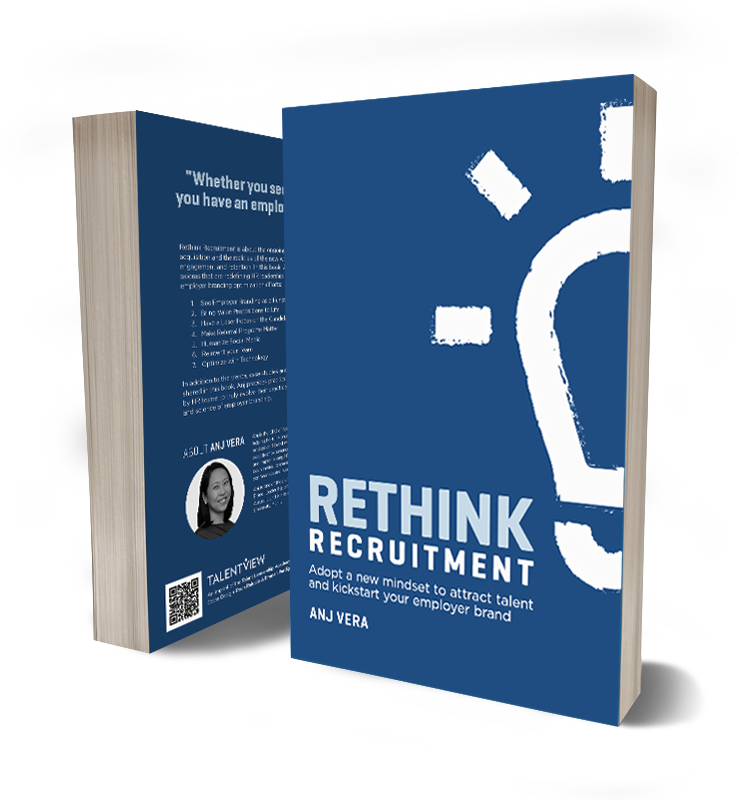Fast Facts: What You Need to Know About Employee Experience
Published on: November 21, 2019
As companies push for greater retention, increased revenue and higher return on investment, the focus on the employee becomes even more crucial. The most successful organizations recognize that excellent products and solutions begin with an excellent employee experience.
While stats give us a good insight on the general pulse on employee experience, it is our action that drives the value we want to see.
Studies have consistently shown that improving the employee experience adds value to every part of the business. So how are companies currently performing in this area? Check out the top challenges companies are facing and the initiatives they are rolling out to address employee experience in these statistics:
ORGANIZATIONAL CHALLENGES TO EMPLOYEE EXPERIENCE
1. An uneven playing field for learning and onboarding
- 53% of HR professionals say employee engagement rises when onboarding is improved (SilkRoad)
- 49% of employers don’t have a plan to cultivate the skills needed in a workplace populated by both humans and machines (Deloitte Human Capital Trends)
- 60% of organizations say that they are not effective in letting people manage their own careers (Deloitte Human Capital Trends)
2. Making leaders more engaged and engaging
- Highly engaged employees are 87% less likely to leave their companies than their less engaged counterparts (Corporate Leadership Council)
- Leaders who collaborate more with their teams are 34% more likely to expect 10% growth or more than leaders who work independently (Deloitte Human Capital Trends)
- 75% of employees who voluntarily leave jobs quit their bosses, not their jobs (Roger Herman)
3. Digital transformation
- Despite 78% of companies believing in the importance of digital and transformational leadership, only 5% have strong digital leadership development programs currently in place (Deloitte Human Capital Trends)
- 75% of job seekers believe that companies whose C-Suite executives and leadership team use social media to communicate about their core mission, brand values and purpose are more trustworthy (Glassdoor)
- 80% of the global workforce is now deskless (Workplace for Facebook)
HOW COMPANIES ARE ADDRESSING THESE CHALLENGES
1. Go beyond gut feel
- 80% of talent acquisition managers believe that employer branding has a significant impact on the ability to hire great talent (LinkedIn)
- 60% of recruiters believe culture fit is of the highest importance when making a decision whether to hire or not (Jobvite)
- 76% of the productivity and contribution of an employee will be determined by their level of cognitive ability (Talegent)
- 73% of organizations indicate enhancing the candidate experience through objective assessments as their top priority (Talegent)
2. Communicate, communicate, communicate
- 80% of talent acquisition managers believe that employer branding has a significant impact on the ability to hire great talent (LinkedIn)
- 60% of recruiters believe culture fit is of the highest importance when making a decision whether to hire or not (Jobvite)
- 76% of the productivity and contribution of an employee will be determined by their level of cognitive ability (Talegent)
- 73% of organizations indicate enhancing the candidate experience through objective assessments as their top priority (Talegent)
3. Deliver on your employer brand promise
- 93% of organizations have established their employee value propositions (TalentView)
- 75% of job candidates research about the company prior to applying (Rethink Recruitment)
- 78% of job candidates say the overall candidate experience they get is an indicator of how a company values its people. (Talent Adore)
- Employee voice is 3x more credible than the CEO’s when it comes to talking about working conditions in that company. (Edelman Trust Barometer)
Given these data points, how do we shape the future of our own organizations? While stats give us a good insight on the general pulse on employee experience, it is our action that drives the value we want to see. By understanding the obstacles similar organizations face, we can lay down plans to enhance our strategy and better prepare ourselves to attract, retain and engage the talents we need for the future.
STAY UPDATED
Sign up to our newsletter to get regular updates on everything talent, leadership and HR tech directly in your inbox.
By submitting this form, you are agreeing to receive emails from TalentView Inc.


